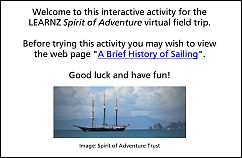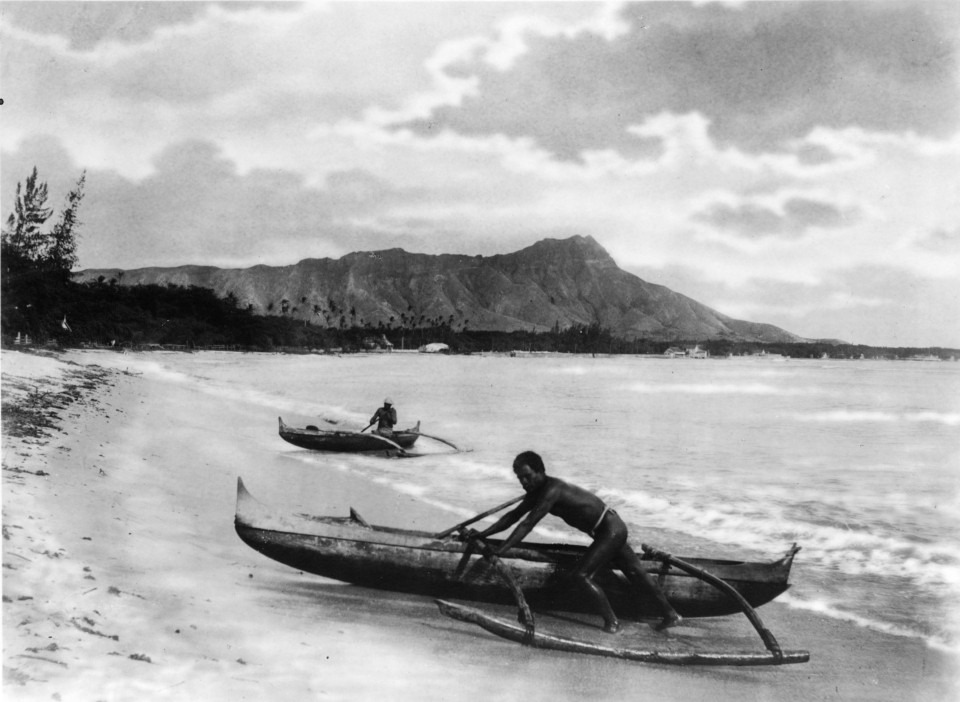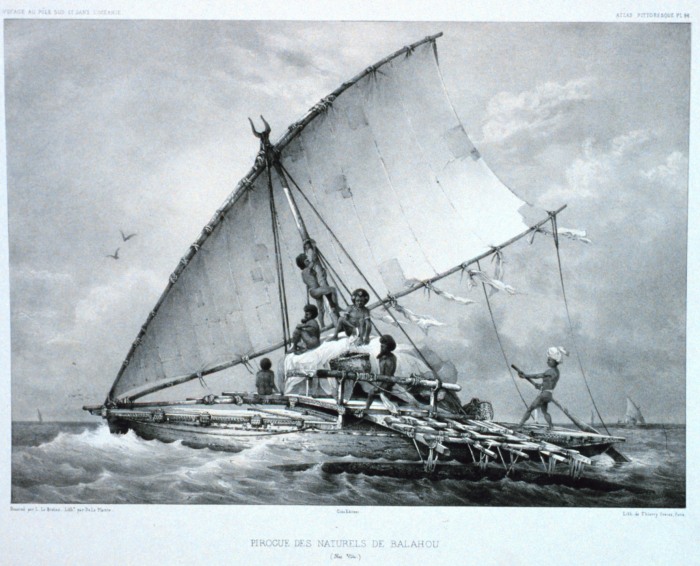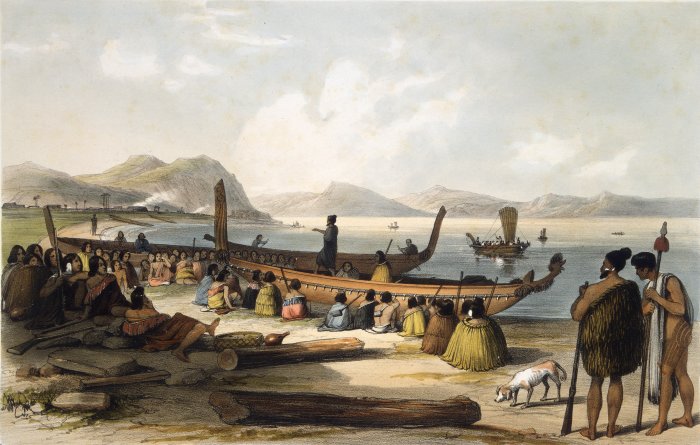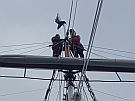Sailing uses the wind acting on sails, wingsails or kites to propel a craft forwards.
Throughout history sailing has helped civilizations to develop as people sailed across oceans to settle in new areas or trade with others.
- The earliest record of a ship under sail appears on an Egyptian vase from about 3500 BC.
- Vikings sailed to North America around 1000 years ago.
- Advances in sailing technology from the 15th century onward enabled European explorers in Canada to make longer voyages into regions with extreme weather and climatic conditions.
- Further improvements in sails and equipment allowed colonization of America, Australia and New Zealand, and world trade to flourish in the 18th and 19th century.
Two main periods of voyaging can be identified:
- Ancient voyaging: from 50,000 to 25,000 BC people from Asia sailed simple rafts from island to island, reaching Near Oceania (Australia, New Guinea and the Solomon Islands). They traded in stone, hunted animals and gathered seafood and local plants.
- Recent voyaging: from 1200 BC people sailed canoes further east, into Remote Oceania (Melanesia, Micronesia and Polynesia). The islands were much further apart and more difficult to find. Migrating voyagers kept in contact with their home islands through trading trips.
Thousands of years ago, the ancestors of Māori journeyed out of South-East Asia and across the Pacific Ocean. Migration eastward across this large body of water took place over thousands of years. They sailed in waka (canoes), and were some of the world's greatest waka builders, navigators and mariners.
The Lapita people
Archaeologists believe that the Lapita culture is the ancestor of historic cultures in Polynesia, Micronesia, and some coastal areas of Melanesia. The Lapita were the first to reach Remote Oceania. Between 1200 and 1000 BC they spread to West Polynesia (including Tonga and Samoa) on single-hulled outrigger canoes.
Polynesian explorers
About 3,000 years ago Polynesian culture developed in West Polynesia. Skilled navigators in double-hulled waka gradually discovered remote islands to the east, using their knowledge of the stars and the winds to return home safely. Groups would then set off to start new settlements.
To New Zealand and the Chatham Islands
New Zealand’s remote islands were the last to be settled. Around 1300 AD Polynesian settlers navigated their way here. These migrants were the ancestors of Māori. The original migrants came from a region in East Polynesia which Māori later called Hawaiki. At about the same time, they reached the smaller northern islands of Norfolk and the Kermadecs.
Later still, early Māori exploring eastward from New Zealand discovered the Chatham Islands, a few centuries before the first European expeditions reached the Pacific.
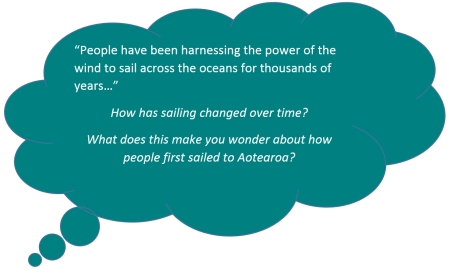 Today
Today
Sailing today is mostly done for recreation or sport. Sailing can be very challenging due to the changeable and often harsh conditions experienced at sea. Guidance and practice can help you to overcome these challenges and enjoy the freedom and rewards of an activity that humans have done for thousands of years.

